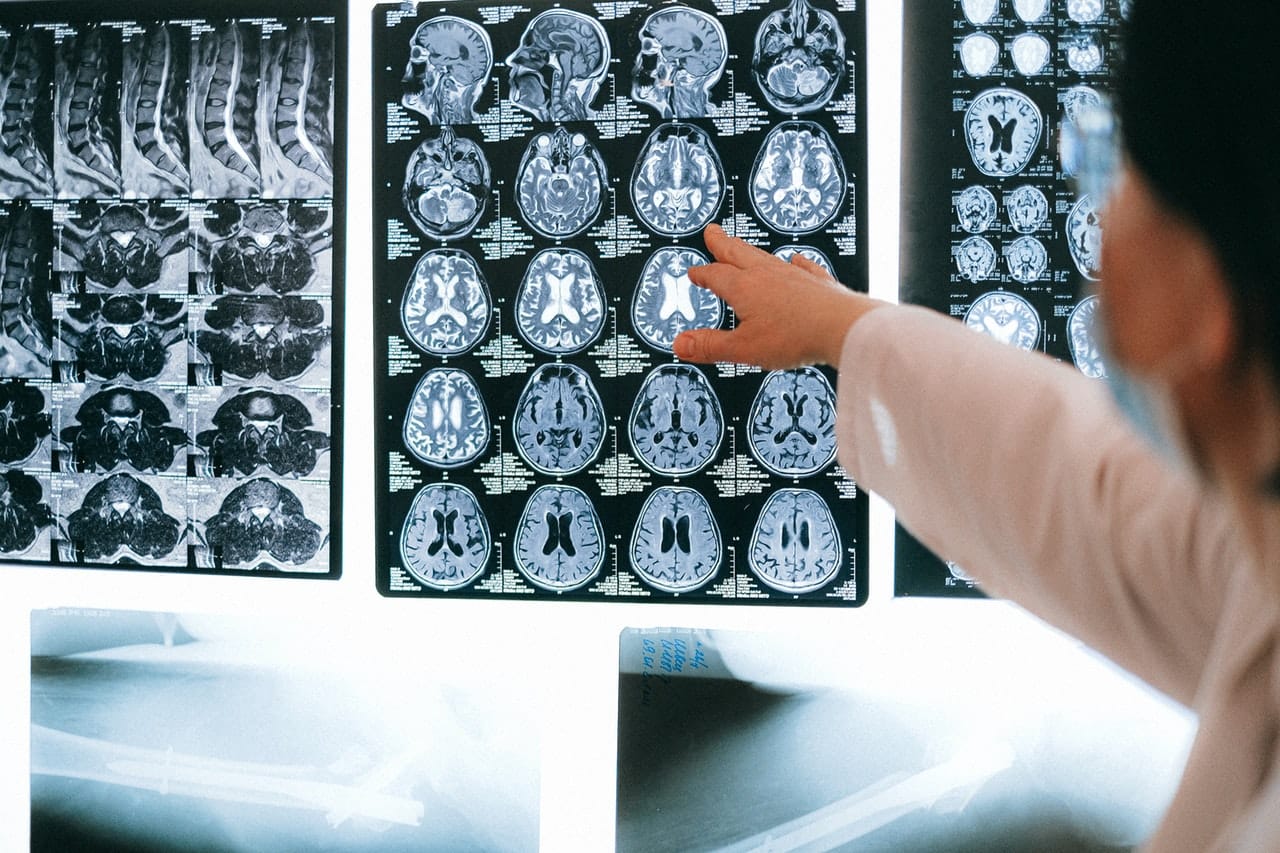While the exact causes of cerebral palsy are unknown, the condition arises from damage to or the abnormal development of the parts of the brain that control motion. Cerebral palsy does appear more frequently in children that are born prematurely. According to a study of children in Sweden published in Pediatrics, of those who are born extremely preterm (before 27 weeks) and survived to their first year, around 10.5% were eventually diagnosed with cerebral palsy.
Why Do Premature Children Get Cerebral Palsy?
There are many factors for this higher incidence of cerebral palsy in children born prematurely. If you’re a parent of a preemie, it’s vital to know the risks facing your child. While it was previously believed that cerebral palsy was caused by a lack of oxygen to a child’s brain during childbirth, this now appears to account for a small portion of cases. In over 85% of instances, it has no single known causal factor and appears to occur as a process while the child is developing within the womb as congenital cerebral palsy (CP).
However, there are several risk factors that may predispose premature children to getting CP. Some instances may strike 28 days after a child is born or later. These cases are known as acquired CP. This can cause lifelong debilitations, just as the congenital version would. While the exact trigger for these cases also remains unknown, premature babies have some of the same vulnerabilities that can predispose them to the congenital form. These include:
- A less-developed immune system
- An underlying injury that was exacerbated by a new one
- Poor blood flow to the brain due to a congenital heart defect or sickle-cell anemia
- A lower birth weight that leads to broadly negative outcomes compared to healthier babies
If your baby was born prematurely, you can go here to learn how to recognize cerebral palsy and care for a child with the condition. Early intervention can dramatically affect your child’s future quality of life, so the sooner you know, the better.
Also read: Signs of a Cavity and 5 Simple Prevention Tips for Kids
Can a Birth Injury Cause Cerebral Palsy?
Birth injuries appear to account for a smaller share of cerebral palsy cases than was previously believed, perhaps as few as 10% or less. However, cases of birth injury are still associated with a cerebral palsy diagnosis. If your child suffered from asphyxiation during their birth and they are currently suffering from it, you may wish to contact a birth injury lawyer to explore your case.
Negligence, Premature Births, and Cerebral Palsy
In some instances,a child may be born prematurely due to negligence by a care provider. Doctors who are aware that a woman is at risk of premature birth but don’t take steps to monitor them or to reduce risk factors may be held liable for a child born with cerebral palsy.
Also read: Benefits of Creating a Healthcare App
Can I Prevent a Premature Birth?
Parents can take steps to reduce the likelihood that their children experience premature birth. Limiting stress factors such as exposure to second-hand smoke and alcohol can help to increase a baby’s birth weight and reduce the likelihood of premature birth. Waiting 18 months between pregnancies can also increase the likelihood that a child is brought to full term.
While cerebral palsy can occur without any fault of your doctor, in some instances medical negligence can be a causative factor. If you suspect that a doctor is responsible for causing your child’s cerebral palsy, it’s important to seek out a lawyer as soon as possible. Many states have statutes of limitations on birth injuries, making it vital that you don’t waste a minute in pursuing compensation.






